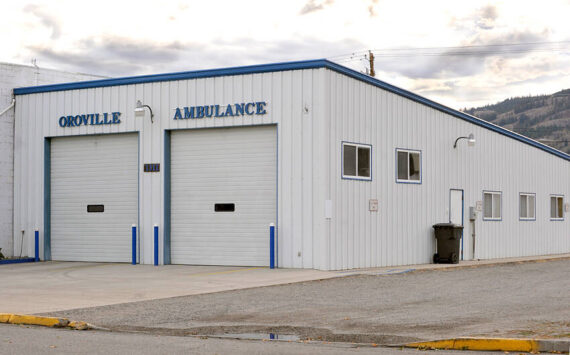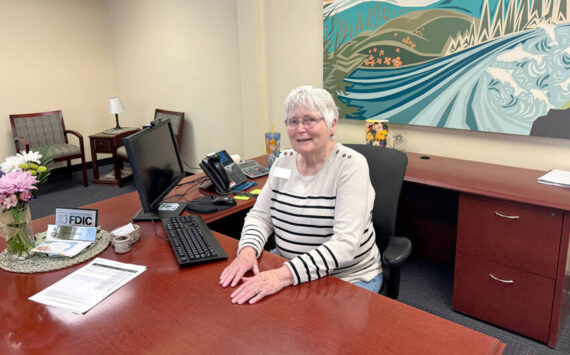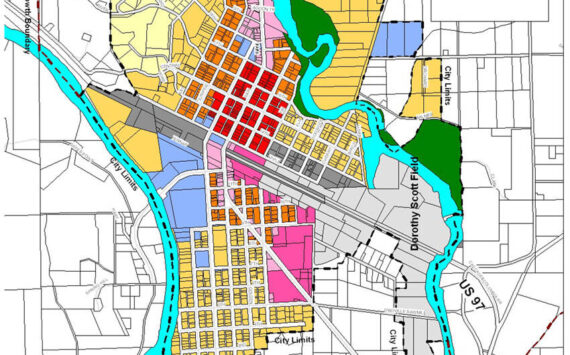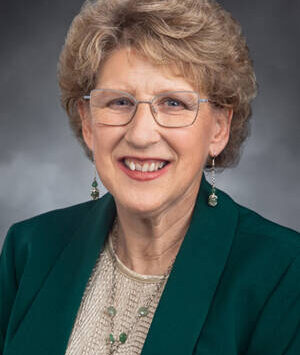Tonasket Schools seek funds to accommodate growth, hours requirements
By Brent Baker
bbaker@gazette-tribune.com
TONASKET – The Tonasket School board approved resolutions to move forward with a $6 million bond for new construction and a $1.64 million maintenance and operations (M&O) levy that will be set before district voters in February, 2014, at their Monday, Nov. 25 board meeting.
Both packages replace similar funding measures that are expiring in the coming months and were designed with the intent to minimize the impact on local taxpayers.
With the bond used to construct the current school buildings in 1997 being retired this month, the $6 million for new construction would be used to add four classrooms and office space to the elementary school; replace the Alternative Education building (near the tennis courts) that is nearing the end of its life span; adding four classrooms, laboratory bays and additional flexible space to the middle/high school complex; and add a permanent concession stand and provide funding to address long-term maintenance issues with the outdoor athletic facilities.
The M&O levy will replace the existing similar levy that expires at the end of 2014. Of the $640,000 of the $1.64 million is dedicated to increasing staffing as the district extends its school day about 45 minutes. The district has operated with a shortened day since the mid-1990s and has been attempting to return to the full day for several years; the state has mandated districts meet the full day requirement by the beginning of the next school year.
The board is attempting to address crowding issues at the elementary school and in certain programs at the middle/high school, as well as add staff that will be required to cover the additional classes that will be instituted as part of the lengthened school day.
New staff at the elementary would be hired to teach art, music and physical education. A counselor would also be added to the staff.
Four staff would be added to the middle/high school, with those yet to be determined based upon both curriculum needs and a number of potential retirements that would affect which specific certifications would need to be replaced – though superintendent Paul Turner said he was “adamant” that an additional agricultural science teacher be one of the additions based upon the number of interested students unable to access the ag program due to having only one instructor.
In considering the bond, board members discussed at length the need not just to supply space for existing classes, but to have space flexible enough to meet rapidly changing educational standards, as well as for career training in fields that may not even exist yet.
“This is a 10 year plan,” said board member Catherine Stangland when discussing the use of flexible space tabbed for construction as a daylight basement under the new middle school classrooms. “We don’t have every block right in place. We don’t want to have a dirt basement that we won’t get finished. We want something usable. If we have the program to go in there, it can go in there. If it’s available for the community to use, then so be it. But if we have to have every block in place right now, it’s not going to happen. It would be shortsighted to say that if we don’t have them all in place that we shouldn’t do it.”
Special education director Liz Stucker and board member Lloyd Caton said that when the expiring bond was passed 16 years ago, it was on a second attempt and was a trimmed down version of the original plan, and that some of today’s needs might have been forestalled with the original bond.
“We cut back on a lot of things,” Stucker said. ” A lot got cut back and minimized so that we could build it. Right now we are faced with the fact that the building doesn’t meet our needs… Right now we are talking about the same thing – thinking ahead, planning for the future, and what we need right now.”
“Basically this would finish what we tried to build 20 years ago,” Caton said.
Board member Ty Olson, a contractor, stressed the need to ensure that the project was properly managed, especially in terms of site assessment and other portions of the project that need to precede breaking ground.
“We need to know what we’re doing on the front end,” Olson said. “(The architect) can answer all of that, whether we have contaminiated soil and those kinds of issues. With all of the litigation these days, there are so many things that play into it. So we need to do our due diligence…. We need full geotech report, soils analysis. That will be a huge part of the excavation.”
Olson said that, while there are contingency funds built into the bond, he felt that the project needed to be prioritized in case some of that initial work yielded unexpected results.
“That can be one method to figure out the priorities are,” he said. “But first we need to do what serves the kids. Once we prioritize on an educational level than we can deal with the construction issues.”
That said, one of the reasons the board decided to go with a bond rather than a capital levy was that if the bond is passed, the district can access the full $6 million at once and likely save money by treating the whole package as one project, rather than having to do a piecemeal series of projects as funding came in over an extended period.
“We can start the project almost immediately,” if the bond passes, said Superintendent Paul Turner. “We would have a year of cramped space. We’ll have to be kind and nice to one another while we’re building. But we would know the outcome would be coming.”
In terms of millage rate (cost per $1,000 of property value) for property owners in the district, the bond rate comes in at $1.48 and the M&O levy at a rate of $3.49 for a total of $4.97.
“That’s 71 cents more than where we are right now,” said board chair Jerry Asmussen. “When we ran the bond and levy in 1997, it was $5.33, so we are 36 cents below what we ran at that time.”
“These numbers, we’re relatively certain, over the life of the bond hould actually come down as property revaluations happen,” Caton added.
The board made a number of amendments to the language that will be put on the ballot in Februrary but passed the resolutions, with the final language to be approved at the Dec. 9 school board meeting.
Stangland ‘graduates’
Turner honored Stangland for having recently completed a yearlong school board training course.
“Catherine put into practice the mission of our district – Always Learning All Ways,” Turner said. “On behalf of the district, our students, staff, patrons and the board, I want to present Catherine with this apple, and thank her for her dedication to our students.”
“It was an excellent learning experience,” Stangland said. “I’m really glad I did it. It was much more work than I ever anticipated. We have a lot of things that we will be able to put into practice in the coming months.”
Robotics
The meeting began with a packed house, and not because of the levy/bond discussion.
Teacher/librarian Kim Fitzthum’s Lego robotics team – a group of about 15 fifth graders, as well as many of their family members – were on hand to give a demonstration of their wares, as well as explain the workings of their project. They also had gifted the school board with posters of the concepts they’d learned.






